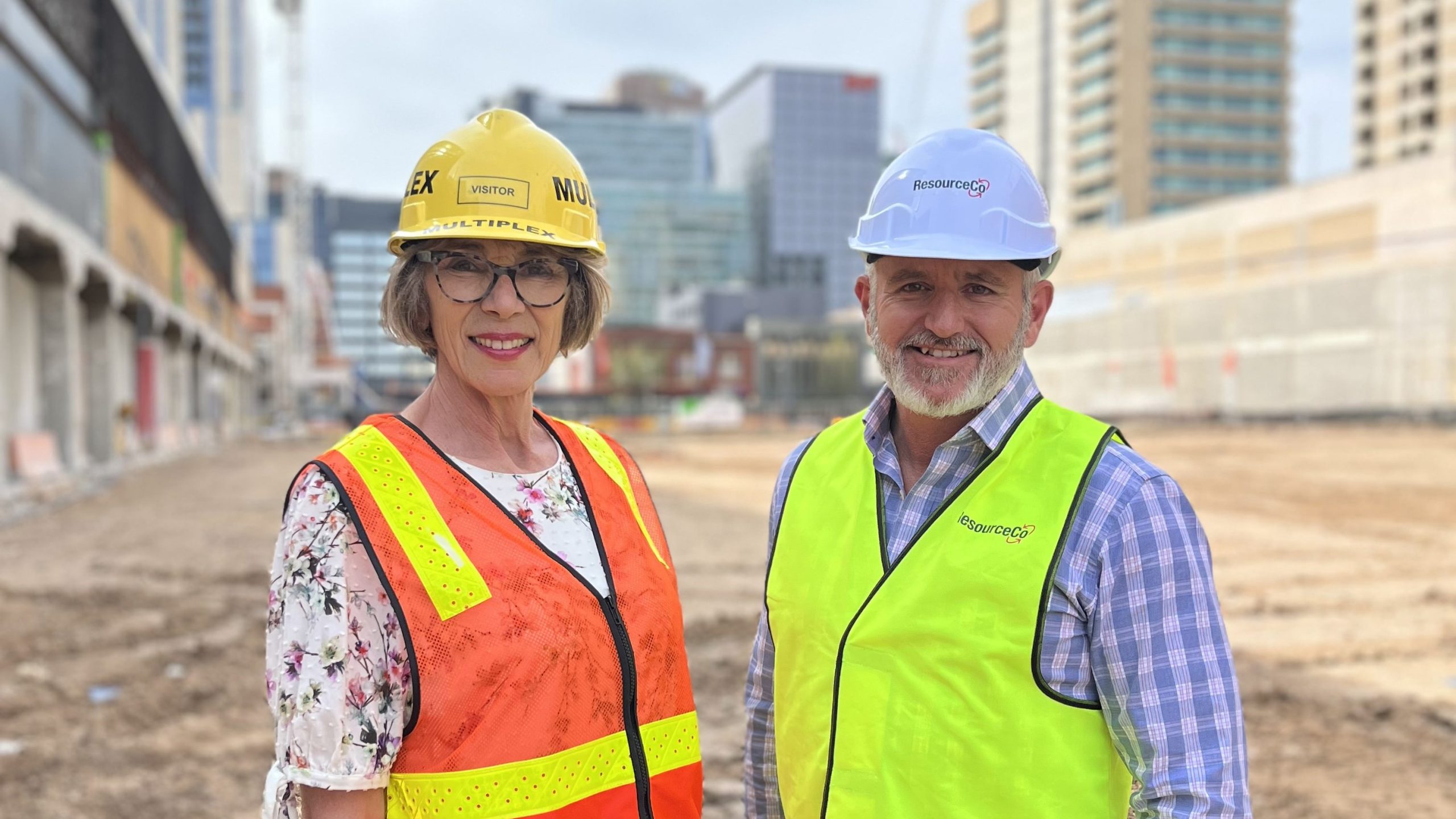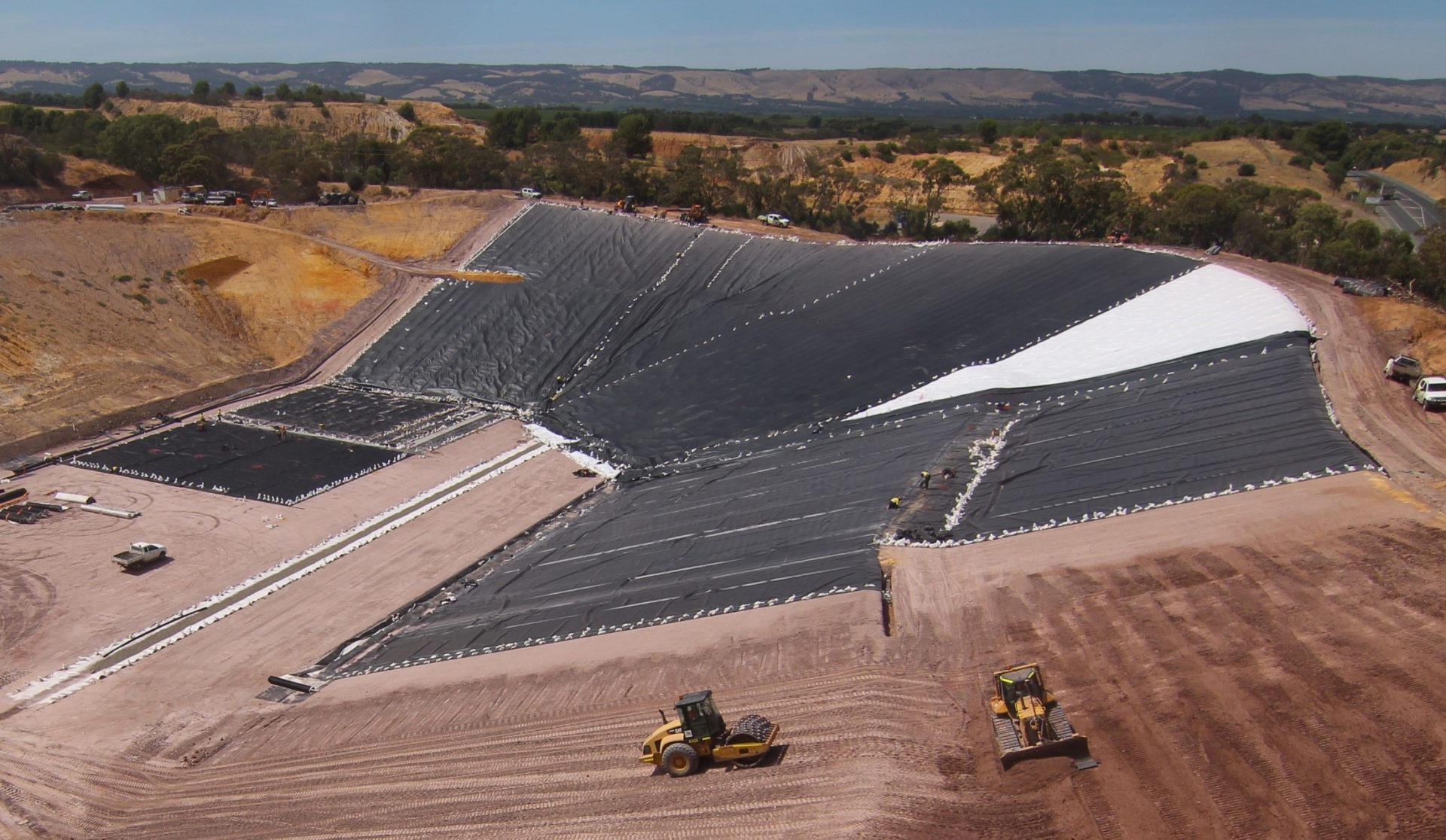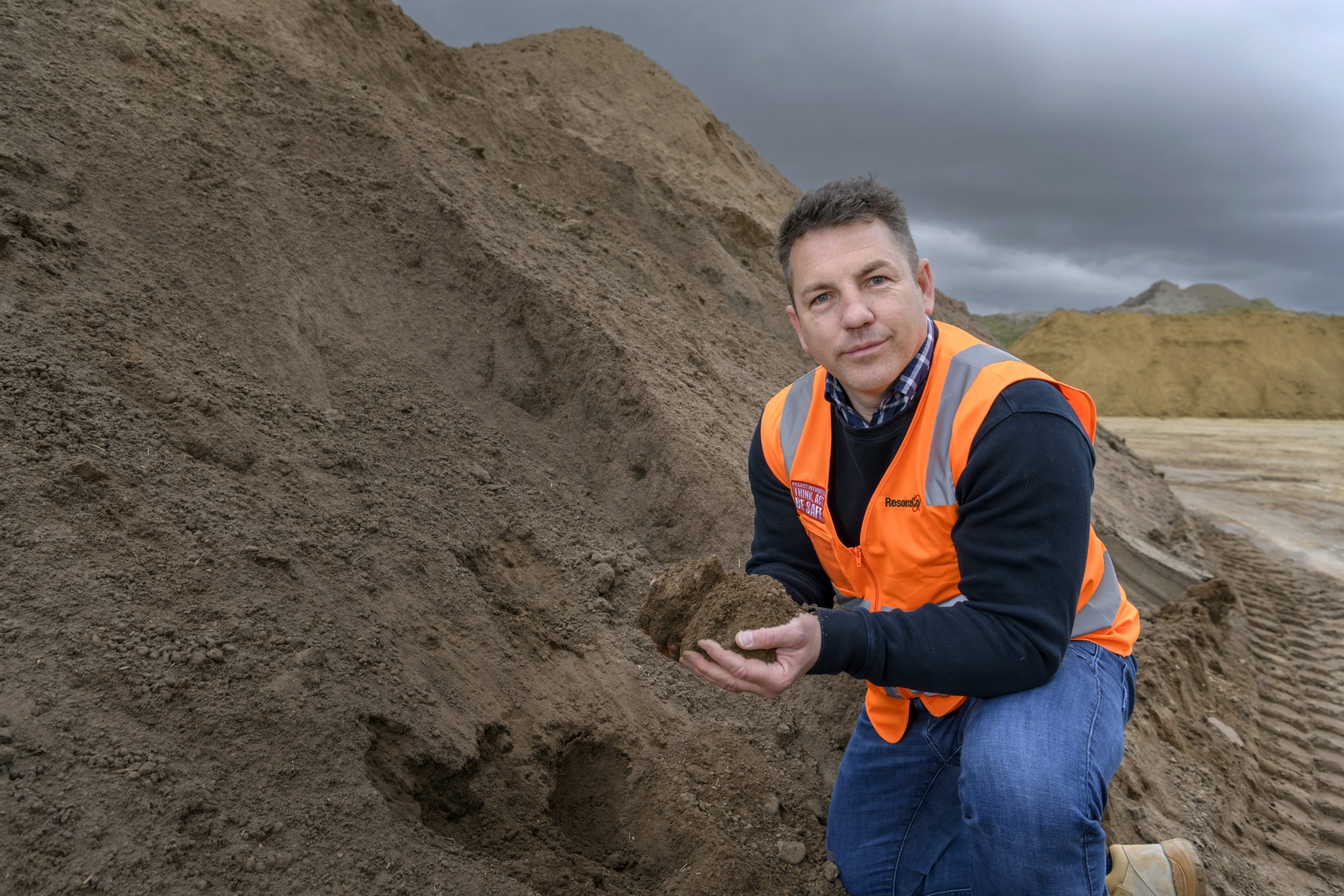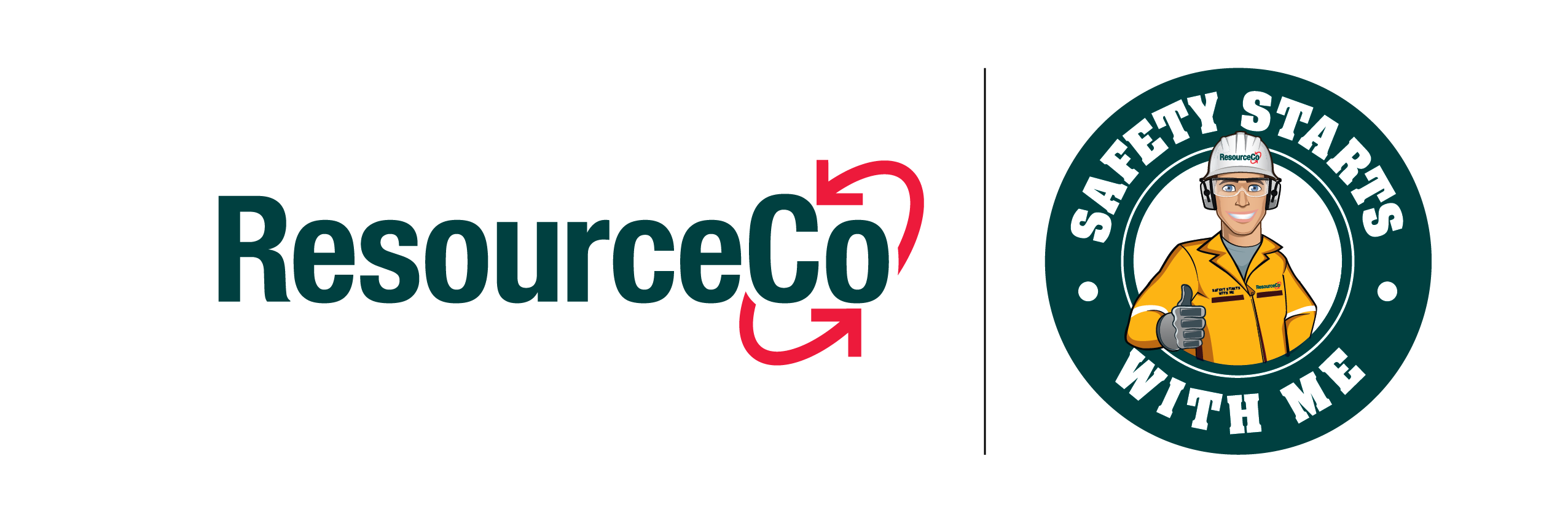

In December 2018, a Federal Government sub-committee outlined nine recommendations to improve the country’s response to per- and poly-fluoroalkyl substances (PFAS) contamination.
Recommendations included improvements to voluntary blood testing programs as a source of longitudinal health data and establishing a coordinator-general with the authority to coordinate government responses.
With research to gain a better understanding of the long-term effects of PFAS exposure still ongoing, recovery and re-manufacturing company ResourceCo has invested in a multi-million-dollar purpose-built state-of-the-art hazardous waste disposal facility.
The $5 million double-composite-lined disposal cell is designed by engineers to accept and dispose of a range of toxic contaminants such as PFAS.
The disposal cell’s footprint covers nearly two hectares and is located at Southern Waste ResourceCo at McLaren Vale, approximately 35 kilometres south of Adelaide.
Andrew Manning, ResourceCo Group Environment Manager, says the project was three years in the making. He adds that ResourceCo is collaborating with the South Australian EPA on project delivery.
“The new cell certainly raises the bar in environmental and engineering performance to accept some of the new and emerging hazardous waste streams generated from contaminated sites, and reflects best practice landfill design and construction,” Andrew says.
Construction of the new disposal cell commenced in mid 2019 to the highest liner performance standards, Andrew says. He adds that the design is in full compliance with new South Australian EPA landfill guidelines, released in 2019.
“After assessing and determining the contamination level of the PFAS materials, we can then, in accordance with EPA guidelines, act and deal with it directly,” he says.
PFAS has become a major concern to the environment, humans and animals worldwide, Andrew explains, with the manufactured chemicals used in a variety of products.
“As PFAS has been commonly used in household products and specialty applications such as non-stick cookware, paints, textiles, coatings, food packaging, firefighting foams, hydraulic fluid and mist suppressants, affected sectors expressing interest in the new cell are widespread,” Andrew says.
He adds that PFAS has been used for products within the commercial and industrial, government, defence and aviation sectors.
“Perfluorooctane sulfonate, perfluorooctanoic acid and perfluorohexane sulfonate are currently the most common chemicals belonging to the PFAS group, and this facility is equipped to accept all these substances,” Andrew says.
According to Andrew, the double composite lined disposal cell is a new design for the South Australian marketplace and is the only one of its kind to be built to date.
“It offers a higher level of environmental performance to traditionally lined disposal cells,” he says.
The cell uses a multi-layer liner system consisting of three different types of liners made from processed shale materials, high-density polyethylene and geosynthetic clay liners.
This specific combination of liners and leachate collection and extraction systems, Andrew says, provides a high level of confidence that all leachate generated, collected and removed from the cell for evaporation will be safeguarded from the environment. This prevents groundwater contamination.
“We know PFAS compounds readily dissolve into water, which means they can travel long distances from the point of generation. Any impacted water needs to be captured and managed appropriately,” Andrew says.
“Improved cell engineering means it has both primary and secondary leachate collection and extraction layers in place, facilitating an increased level of environmental performance.”
Contaminated water is recovered and removed through the extraction layers, Andrew says, before being diverted into a secondary holding and evaporation ponds.
“Residual PFAS contamination can then be concentrated into sludge, recovered and removed from the evaporation ponds and sent offsite for further destruction,” he explains.
“The double-composite-lined disposal cell allows landholders to actively remove and clean up contaminated sites, and take the hazardous waste away to a purpose-built facility that is of the highest standard to better protect the environment.”
Australia has been working since 2002 to reduce the use of certain PFAS, with other countries phasing out or already discontinuing their use.
“Many industries are already getting in touch with us to find out how we can help, as they review sites where potential contamination has occurred and future remediation is needed,” Andrew says.

